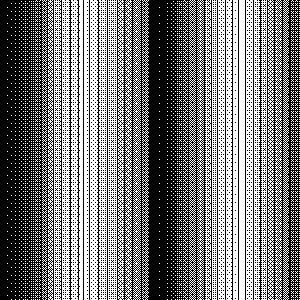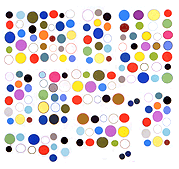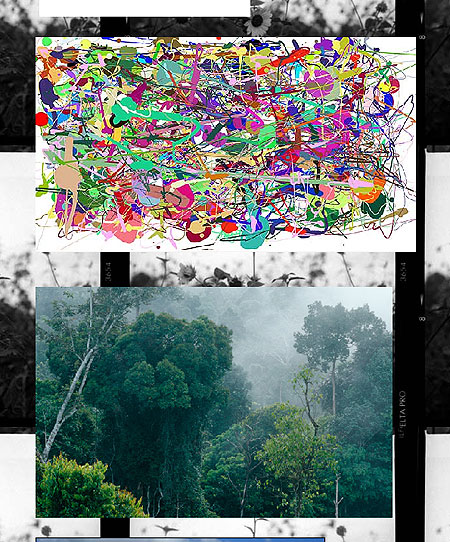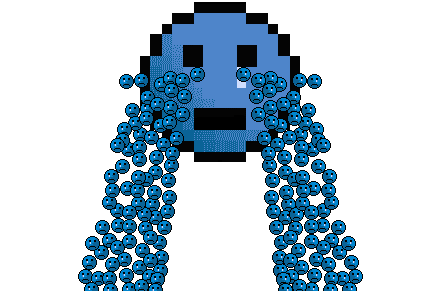
last of the vvork twitter
skateboarding theme 6: walnut ramp and gold-plated rail (supposedly)
skateboarding theme 5: orange and pink minimal box titled "curb"
skateboarding theme 4: ramp in gallery with large ad graphics on skate surface
skateboarding as art 3: kidney shaped skate bowl with concentric ring supergraphics photographed from above
skateboarding as art 2: kidney shaped skate bowl made of wood and photographed from underside
skateboarding as art 1: car with crude, curved skirts serves as mobile ramp (YouTube)
wood pallette topped with resin-coated plywood (?), skewed metal bar attached
faux primitive surrealist paintings, luridly colored, with intricate frames done in a similar style
back of monochrome (brown) chair resembles antique scroll caption with corporatespeak acronym
gallery wall ruptures into four perfect quadrants
slick photos of iggy pop, ice cube, juliette lewis etc make the celebrities seem like the askew transgressive rebels they are
duchampoid rotoreliefs, Barbara Krugeroid slogans, Russian Constructivoid typefaces = prizewinning graphic identity
radiation ionizes gaseous ethanol steam inside cloud chamber (photos look like scarified fur)
igniting translucent tubes filled with propane causes sonic boom (as sound art)
homepage screenshot
screenshot of the website of cindeeloocupcakes. click for larger version. the "jackson pollock" is my jackson pollock from miltos manetas' hoax "paint a jackson pollock" web utility, drawn a while back. i worked really hard on that jackson pollock--the medium is not very conducive to making anything that looks remotely like something of jack the dripper's
post about quantifying Pollock: "Pollock is a perennial target for computer geeks. Besides these DIY-Pollock programs ... we were recently subjected to a barrage of hype about the computer science prof who could purportedly identify fake Pollocks by measuring drip sizes, fling rates, and so forth. And a few years before that, critic Pepe Karmel used computer analysis of Hans Namuth's studio photos of Pollocks-in-progress to determine that beneath the convoluted abstraction lay images of the human figure, which Pollock 'always drew first.'"


